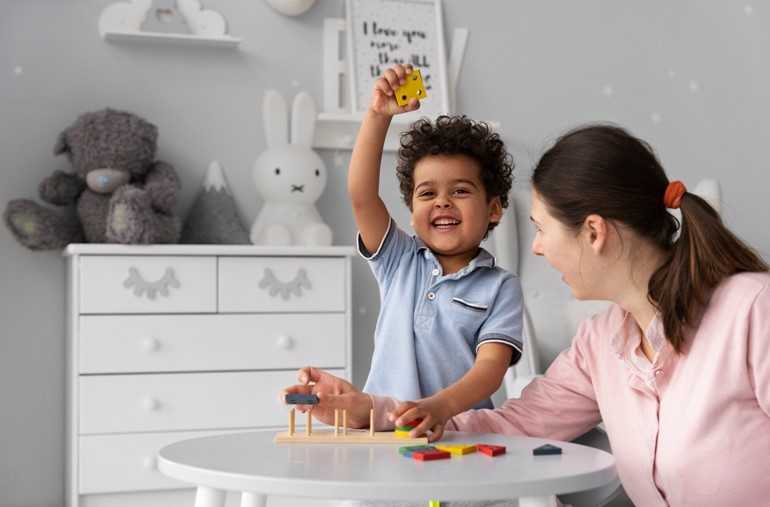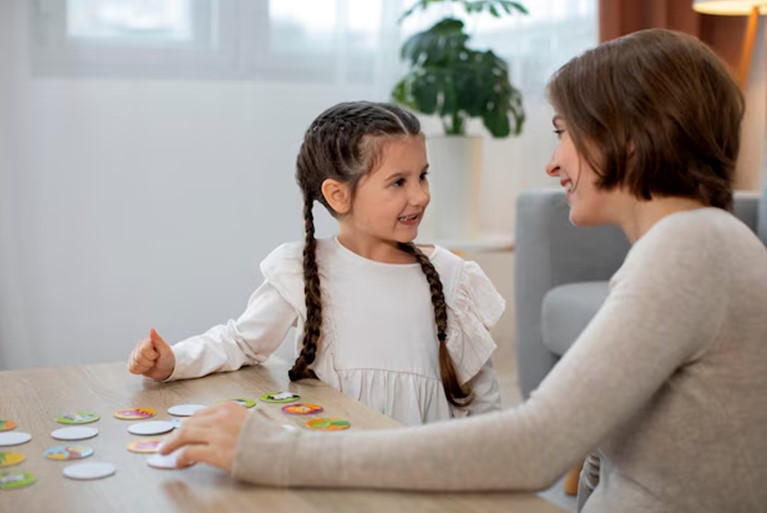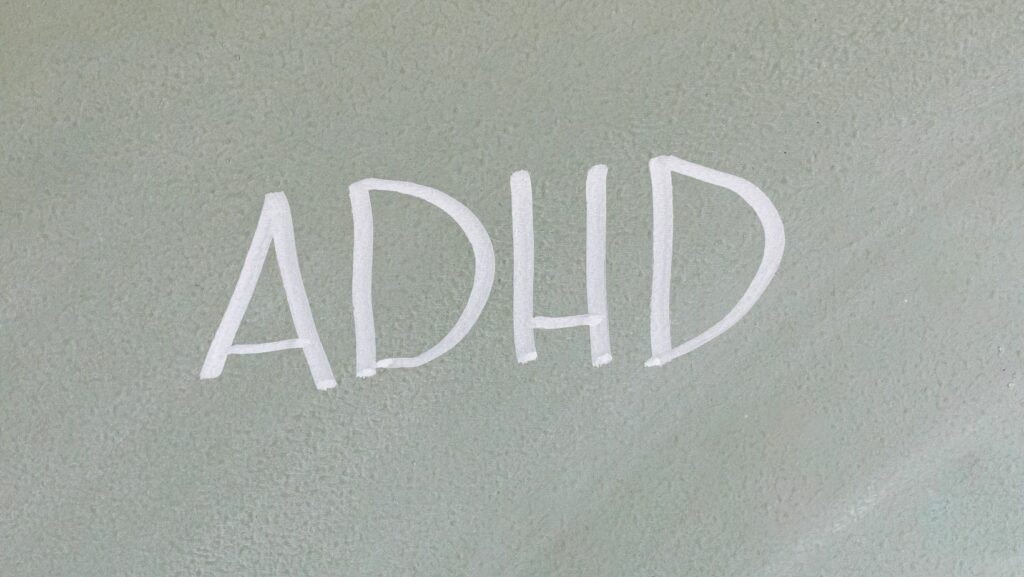When it comes to your children, you want the best of everything for them. After all, they are bundles of your joy. Learning they have a developmental delay can make you feel overwhelmed. Similarly, you might be bothered by the thoughts of a secure and independent tomorrow for them. Fortunately, today, we have tried and tested methodologies like applied behavior analysis to pave the way for them.
Even though therapy centers for ABA or applied behavior analysis can be easily found, as a parent, you can have different concerns. You might wonder, will ABA therapy work for my child? Will it be too rigid on my child? Or does it even work?
Let us learn how applied behavior analysis programs can work for your child. Here, we will talk about prompt fading, one of the techniques used with this behavior therapy.
What is Prompting?
Prompts are the gestures, hints, or cues that help your child respond to an instruction or question. Its goal is to help individuals plan something they can’t do on their own. Each prompt has a role to play, and they all lay the foundation for their developmental goals. Prompts can be presented in different forms. In addition to what has been discussed here, the therapists can use modeling prompts, hand-over-hand assistance, positional prompts, and visual prompts.
- A physical prompt requires the therapists to use the child’s body to instruct them about completing the behaviors.
- A model prompt needs the therapists to demonstrate the particular task they are asked to perform.
- The gesture prompt includes movements toward specific items or stimuli.
- In verbal prompts, the analyst uses verbal instructions to tell about the accurate response.
- Positional prompts can look like positioning a specific item closer to the child.
In the coming section, let us learn how prompts are used in applied behavior analysis programs.
How Are Prompts Used in Applied Behavior Analysis?
In the ideal setting, the behavioral analyst would ask the child to perform a task and follow it with a prompt. The use of prompts adds to the possibility of how well your child performs the task. In some cases, the prompts might be used when the child does not respond rightly or in similar situations.
All in all, the analyst first understands the target behavior and the prompts relevant to it. Usually, the steps included are prompting, reinforcing, and fading. Here is how behavior analysts and therapists apply the relevant prompts:
- Introducing the prompt after asking a question or asking the child to perform specific tasks.
- Gathering the data on how the child performs to the prompts
- Changing how prompts are presented or used depends on how the child responds.

Why Do We Need to Fade The Prompts?
Just like prompting, prompt fading is also a crucial part. It helps the child become independent by relying less on the prompts. Gradually fading the prompts can lower the possibility of children leaning on external cues. All this will make them more self-reliant in performing their tasks. It can contribute to their long-term success in a selective environment. Here are other reasons why prompt fading plays a role here:
- Prompt fading can have an emotional impact. It can make them feel more supported or powered.
- The child becomes more confident knowing they can complete their tasks successfully.
How Does It Work?
Fading attempts are thoughtfully structured. They decide how your child will become independent in performing the skill they have learned. Take a look at some of the methods and approaches used in prompt fading:
- Least-to-most fading: This one starts with minimal support, letting the child take support during necessities. The behavior analyst provides as little help as possible. It aims to ensure that the child can complete the tasks on their own.
- Most-to-least fading: The behavioral analyst begins with the most intrusive prompts. These are lowered when the child or the learner becomes proficient in it.
- Progressive fading: With this approach, the behavioral analyst works as per the learner’s speed and response. The adjustments can be made depending on the progress.
- Time-delay fading: In this process, the analyst guides the child after giving them the chance to respond on their own. This delay keeps increasing with time and eventually brings an independent child.

How Prompting and Fading Support ABA Therapy?
Prompting and fading are crucial in applied behavioral analysis. They improve learning with immediate guidance, increasing efficiency and reducing frustration. The prompts can be tailored to every child’s needs, letting them take advantage of therapy in every possible way. By fading the prompts, learners can use their skills across different situations. Keep reading to learn about the benefits of promoting and fading in applied behavior analysis:
- Building Confidence: It includes providing the help one needs in the right amount. Its goal is to make the child more confident about performing a certain task.
- Promoting Independence: Prompting and fading help the child perform the tasks without assistance.
- Enhancing Learning: From daily life activities to academic tasks, prompting and fading can help improve various skills. This makes learning more effective.
Here is how parents can promote prompting and fading at home:
- Be Consistent: You can work with your child’s behavior therapists and use similar prompts in your home environment.
- Keep Patience: Prompting and fading can take time, and you must stay patient throughout.
- Observe: You must keenly observe how well the child responds to the prompts and keep the behavior analyst updated.
Conclusion
In this blog, you have learned about the role of prompting and fading in applied behavior analysis programs. Prompting uses cues, hints, and gestures to help a child respond correctly to a question or instruction. Fading includes lessening the prompts gradually. Both are essential and contribute to the overall success of applied behavior analysis. Whether you find autism therapy in Denver, Aurora, or any other geographic location, there are many ways to make it more effective at home. You must be consistent in your attempts and stay patient. Remember, guidance and effective practice can help your child nurture and grow.



